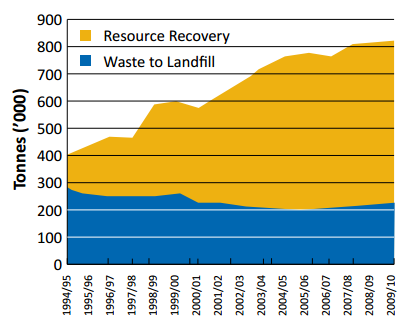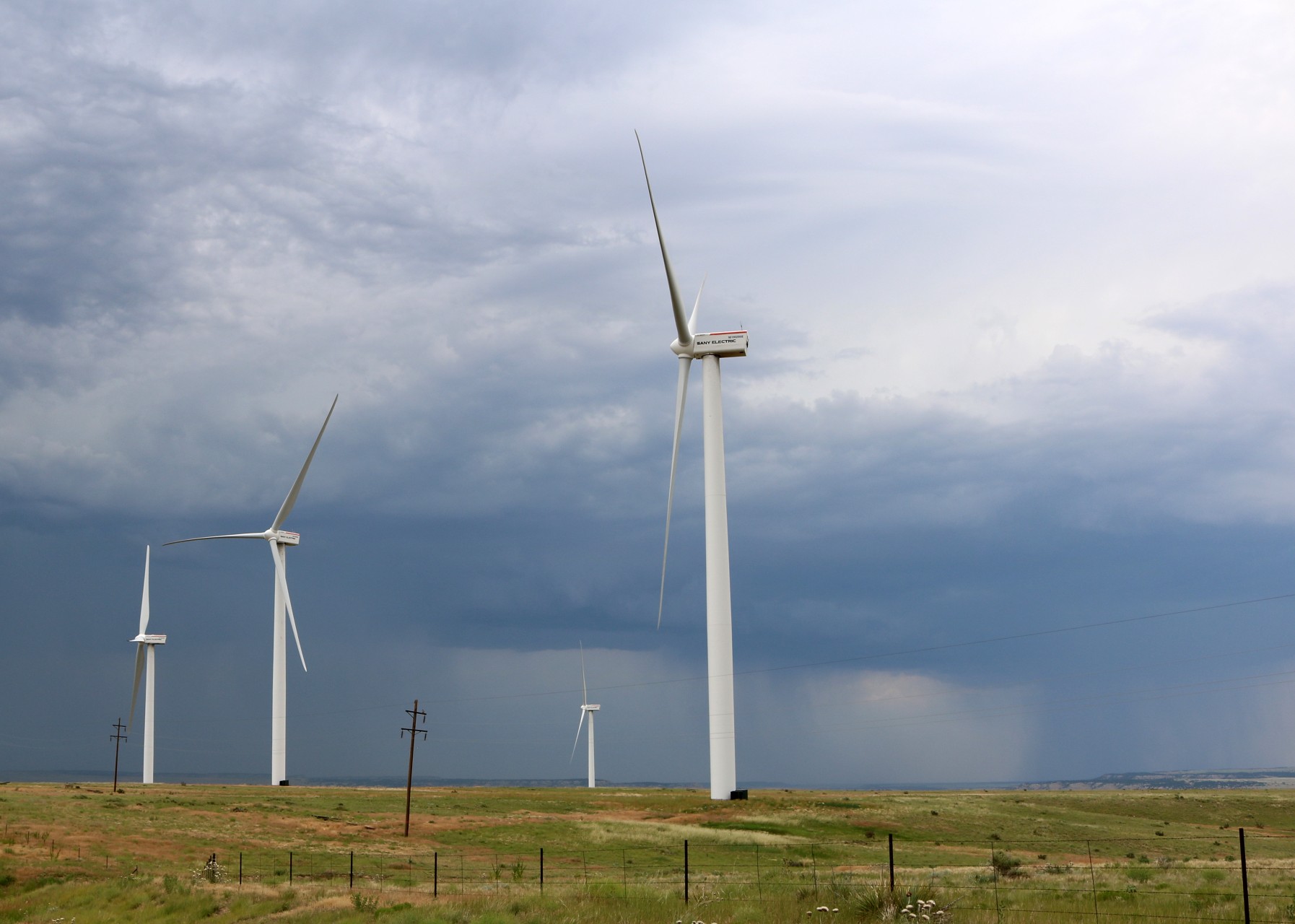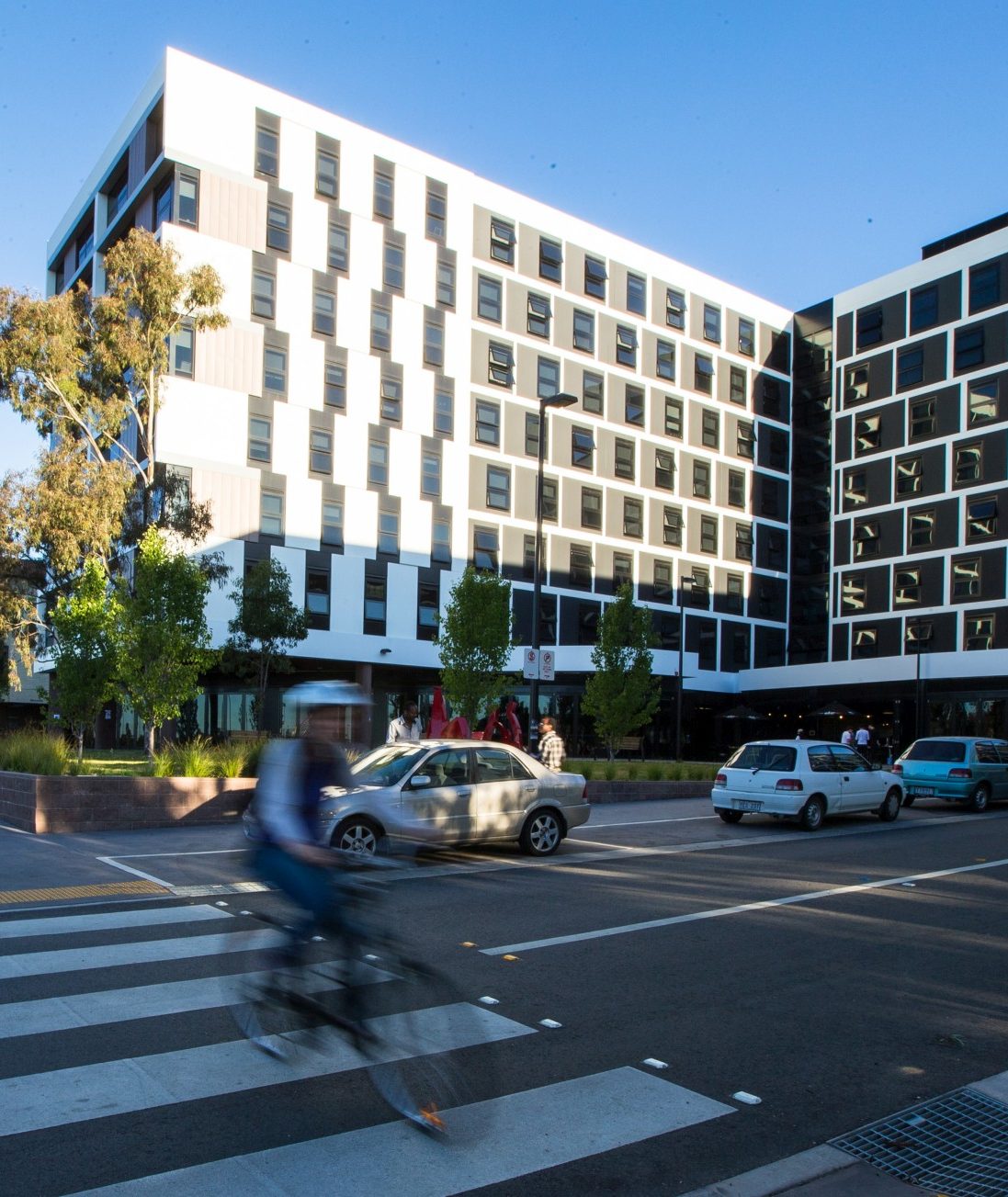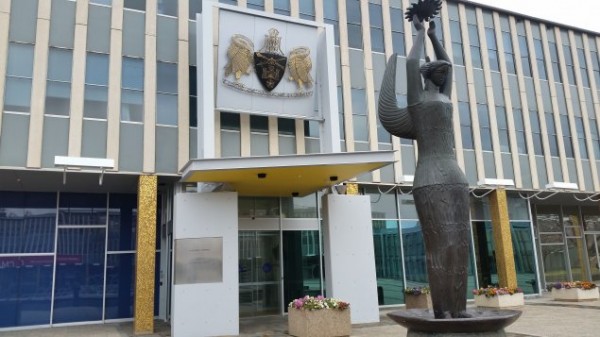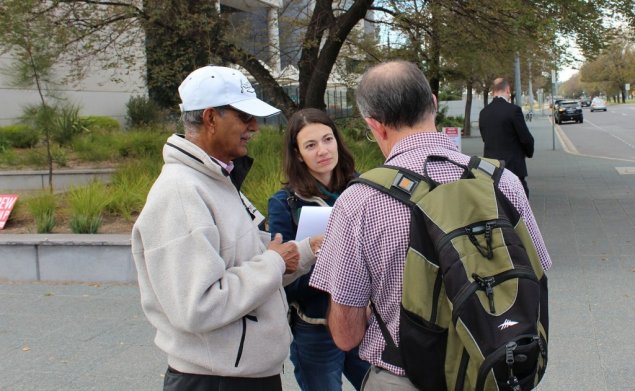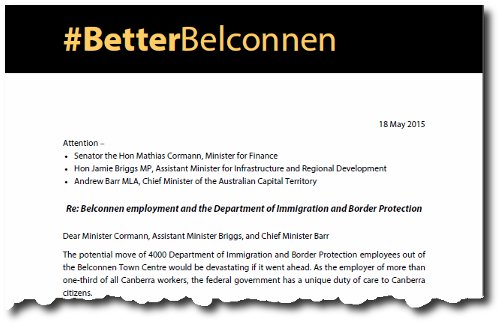Canberra, why so wasteful?
[NB: My original title for this post was “Waste not, want not”. I actually think Canberra does a great job of waste management.] The ACT …
Renewing the renewable energy debate
Regardless of whether you think that using clean, renewable energy sources like wind and solar is the “right” thing to do for our environment, within …
How UC plans to become a world-ranked university by 2018
If the University of Canberra is to become a world-ranked university, we need to improve infrastructure in Belconnen. I attended a public meeting late last month in …
How to get better consultation between Federal and ACT governments on job locations
Over the last few years re-location of Federal government employees has been a big issue in Tuggeranong, and now in Belconnen, with potentially 4000 Immigration staff …
Why we should encourage MLAs to venture beyond Civic Square
The 2016 ACT election will be the most significant election since self-government. The increase from 17 MLAs to 25 should mean that our local communities are better …
Tired Telstra Tower has sky high possibilities
The Telstra Tower is one of our most iconic Canberra landmarks. It is something tourists look for when they are lost, and a great relief for Canberrans …
Time for the Commonwealth to stop trashing Canberra’s town centres
As recent articles have reported, the Department of Immigration and Border Protection is considering moving its 4000 employees out of Belconnen. Tender documents have revealed the department …
Open letter on the future of the Department of Immigration in Belconnen
An open letter to the Federal Minister for Finance, the Federal Assistant Minister for Infrastructure and Regional Development, and the ACT Chief Minister on keeping …
Question to the National Capital Authority on protecting Belconnen employment
I asked the National Capital Authority at their Annual Public Forum on Thursday what they were planning to do to respond to the potential move of …
Gough Whitlam to have suburb named in his honour
Needless to say I approve. I really want Whitlam to be a Belconnen suburb since its key construction period was during Gough Whitlam’s time in …
